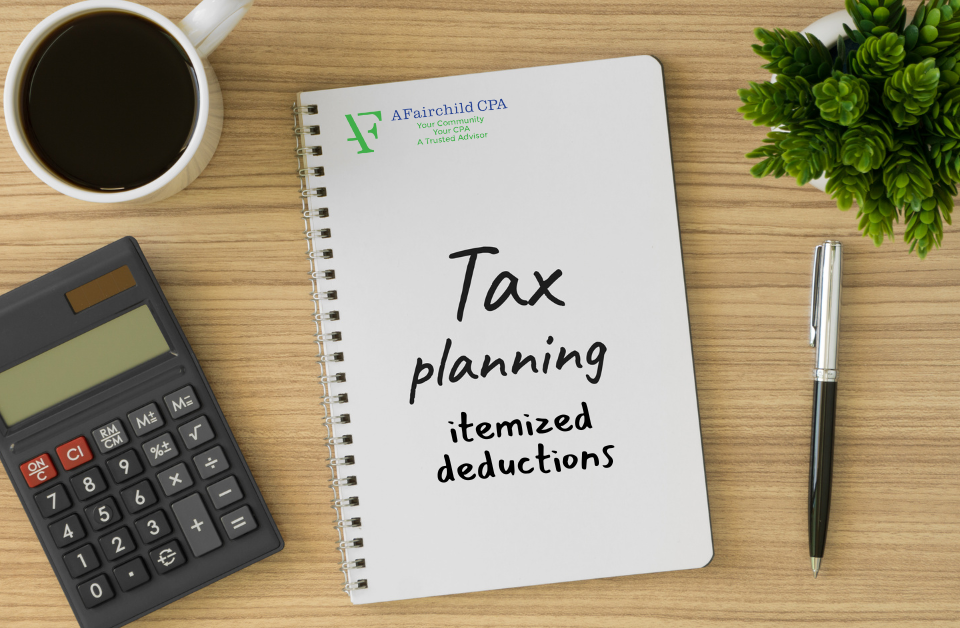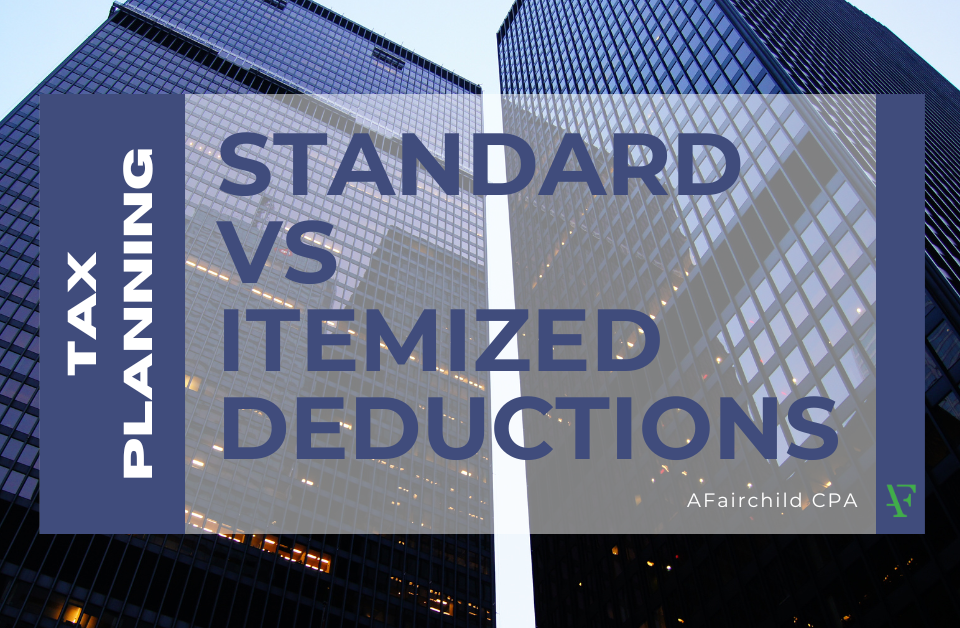
The home office deduction: Actual expenses vs. the simplified method
February 28, 2019
Will leasing equipment or buying it be more tax efficient for your business?
March 15, 2019Recent changes to federal tax law and accounting rules could affect whether you decide to lease or buy equipment or other fixed assets. Although there’s no universal “right” choice, many businesses that formerly leased assets are now deciding to buy them.
Shakespeare’s words don’t apply just to Julius Caesar; they also apply to calendar-year partnerships, S corporations and limited liability companies (LLCs) treated as partnerships or S corporations for tax purposes. Why? The Ides of March, more commonly known as March 15, is the federal income tax filing deadline for these “pass-through” entities.
Not-so-ancient history
Until the 2016 tax year, the filing deadline for partnerships was the same as that for individual taxpayers: April 15 (or shortly thereafter if April 15 fell on a weekend or holiday). One of the primary reasons for moving up the partnership filing deadline was to make it easier for owners to file their personal returns by the April filing deadline. After all, partnership (and S corporation) income passes through to the owners. The earlier date allows owners to use the information contained in the pass-through entity forms to file their personal returns.
For partnerships with fiscal year ends, tax returns are now due the 15th day of the third month after the close of the tax year. The same deadline applies to fiscal-year S corporations. Under prior law, returns for fiscal-year partnerships were due the 15th day of the fourth month after the close of the fiscal tax year.
Avoiding a tragedy
If you haven’t filed your calendar-year partnership or S corporation return yet and are worried about having sufficient time to complete it, you can avoid the tragedy of a late return by filing for an extension. Under the current law, the maximum extension for calendar-year partnerships is six months (until September 16, 2019, for 2018 returns). This is up from five months under the old law. So the extension deadline is the same — only the length of the extension has changed. The extension deadline for calendar-year S corporations also is September 16, 2019, for 2018 returns.
Whether you’ll be filing a partnership or an S corporation return, you must file for the extension by March 15 if it’s a calendar-year entity.
Extending the drama
Filing for an extension can be tax-smart if you’re missing critical documents or you face unexpected life events that prevent you from devoting sufficient time to your return right now.
But to avoid potential interest and penalties, you still must (with a few exceptions) pay any tax due by the unextended deadline. There probably won’t be any tax liability from the partnership or S corporation return. But, if filing for an extension for the entity return causes you to also have to file an extension for your personal return, it could cause you to owe interest and penalties in relation to your personal return.
We can help you file your tax returns on a timely basis or determine whether filing for an extension is appropriate. Contact us today.
Pros and cons of leasing
From a cash flow perspective, leasing can be more attractive than buying. And leasing does provide some tax benefits: Lease payments generally are tax deductible as “ordinary and necessary” business expenses. (Annual deduction limits may apply.)
Leasing used to be advantageous from a financial reporting standpoint. But new accounting rules that bring leases to the lessee’s balance sheet go into effect in 2020 for calendar-year private companies. So, lease obligations will show up as liabilities, similar to purchased assets that are financed with traditional bank loans.
Leasing also has some potential drawbacks. Over the long run, leasing an asset may cost you more than buying it, and leasing doesn’t provide any buildup of equity. What’s more, you’re generally locked in for the entire lease term. So, you’re obligated to keep making lease payments even if you stop using the equipment. If the lease allows you to opt out before the term expires, you may have to pay an early-termination fee.
Pros and cons of buying
Historically, the primary advantage of buying over leasing has been that you’re free to use the assets as you see fit. But an advantage that has now come to the forefront is that Section 179 expensing and first-year bonus depreciation can provide big tax savings in the first year an asset is placed in service.
These two tax breaks were dramatically enhanced by the Tax Cuts and Jobs Act (TCJA) — enough so that you may be convinced to buy assets that your business might have leased in the past. Many businesses will be able to write off the full cost of most equipment in the year it’s purchased. Any remainder is eligible for regular depreciation deductions over IRS-prescribed schedules.
The primary downside of buying fixed assets is that you’re generally required to pay the full cost upfront or in installments, although the Sec. 179 and bonus depreciation tax benefits are still available for property that’s financed. If you finance a purchase through a bank, a down payment of at least 20% of the cost is usually required. This could tie up funds and affect your credit rating. If you decide to finance fixed asset purchases, be aware that the TCJA limits interest expense deductions (for businesses with more than $25 million in average annual gross receipts) to 30% of adjusted taxable income.
Decision time
When deciding whether to lease or buy a fixed asset, there are a multitude of factors to consider, including tax implications. We can help you determine the approach that best suits your circumstances.
© 2019




